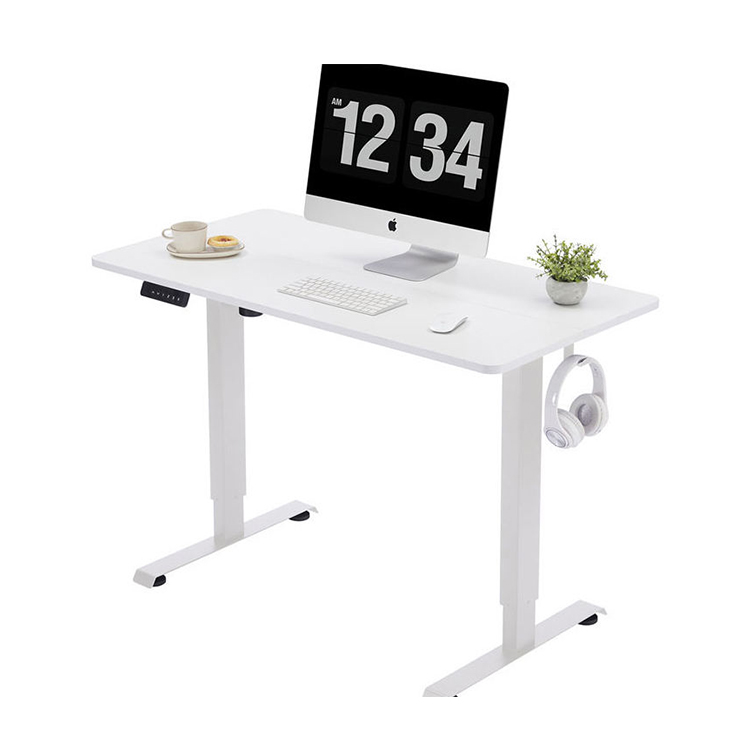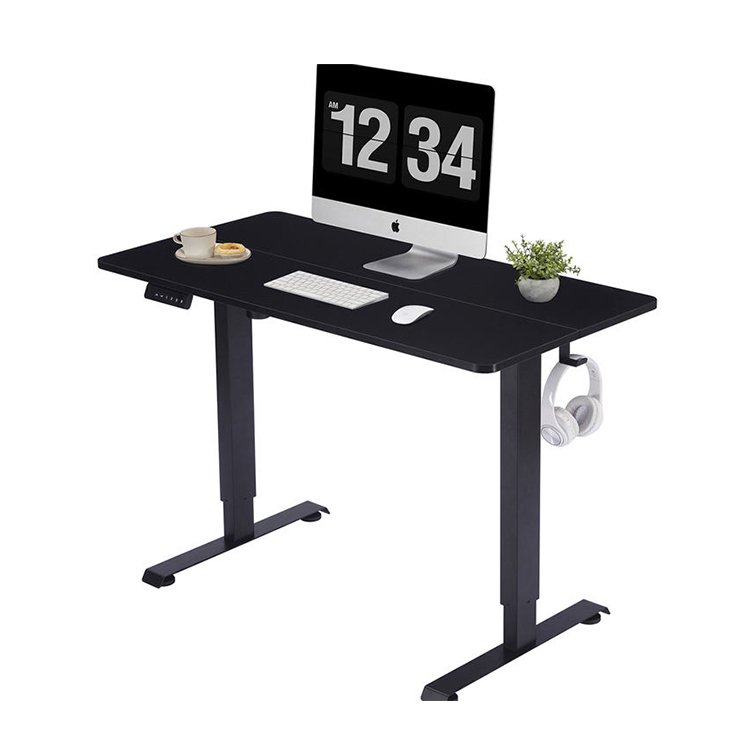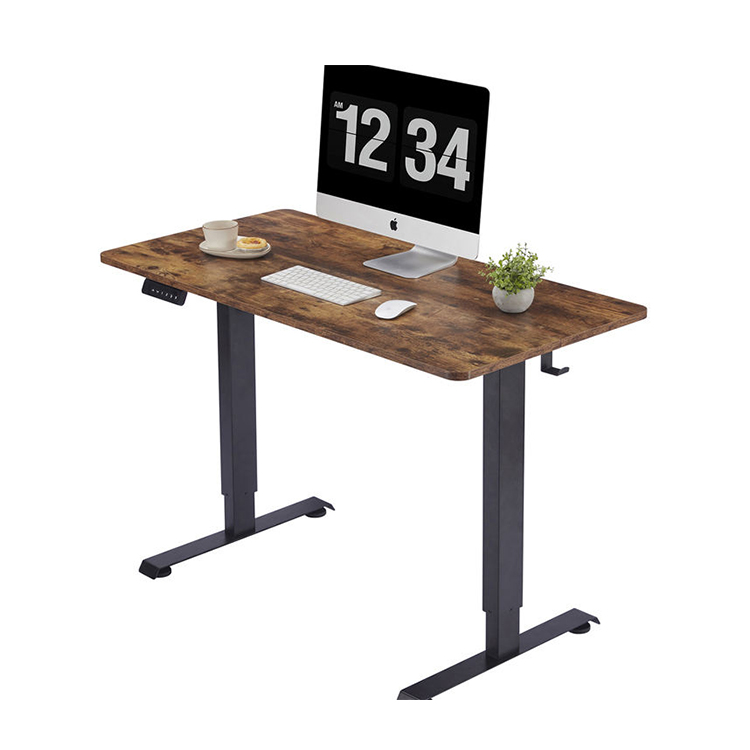How does the Standing Desk affect the posture and posture of workers?
The Standing Desk is gaining more and more attention in modern office environments, not only because it provides adjustable working height, but also because it has a multifaceted positive impact on the posture and posture of workers. Prolonged sitting is considered a common health problem in modern life and can lead to poor posture and associated health risks such as back pain, neck tension and muscle atrophy. The emergence of standing desks provides an effective option to solve these problems.
Workers' posture and posture can be significantly improved using the Standing Desk. It encourages users to change postures more frequently while working and no longer remain in a single sitting posture or body static state for long periods of time. This change helps reduce the stress and discomfort caused by long periods of static posture, especially on the spine, neck and shoulders. By regularly switching from sitting to standing positions, workers can reduce the risk of health problems associated with sitting while improving their body's flexibility and adaptability.
Standing work requires the body to rely on core muscles to maintain balance and stabilize posture, which prompts more activation and exercise of the abdominal and waist muscles. This exercise not only builds core strength and endurance, but also helps improve overall postural control, allowing workers to remain more stable and comfortable while standing. Sitting for long periods of time may lead to poor blood circulation in the lower limbs and even cause problems such as varicose veins. Standing work can effectively reduce the occurrence of these problems and improve the overall physical health of workers by improving blood flow and circulation.

 English
English русский
русский Español
Español Deutsch
Deutsch عربى
عربى
 0
0


















